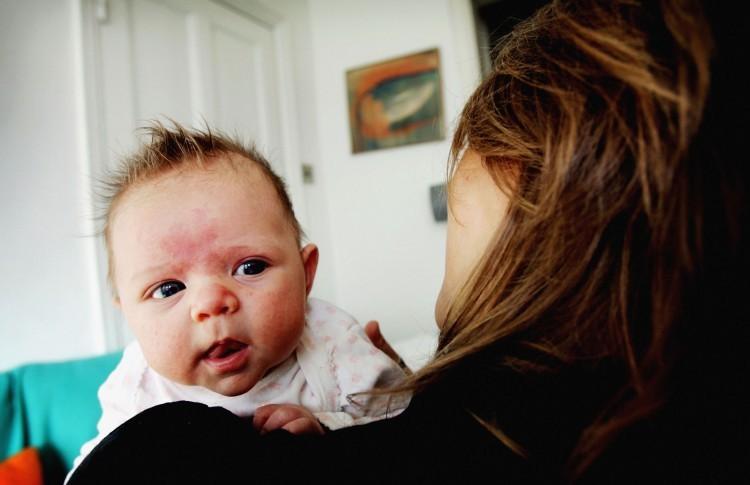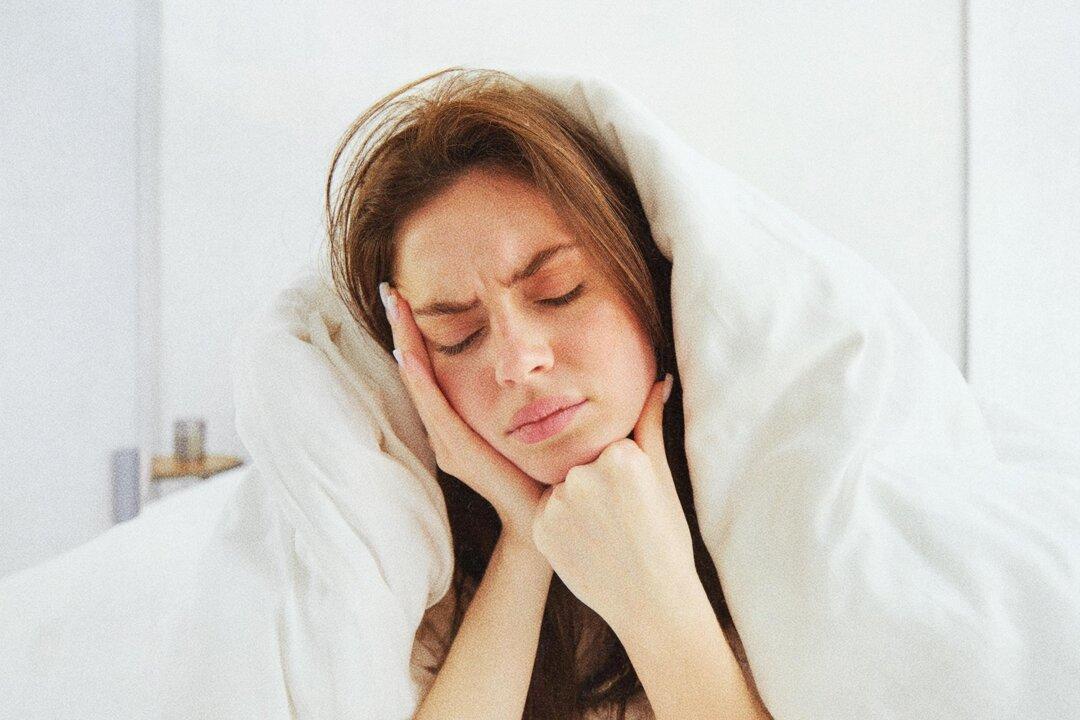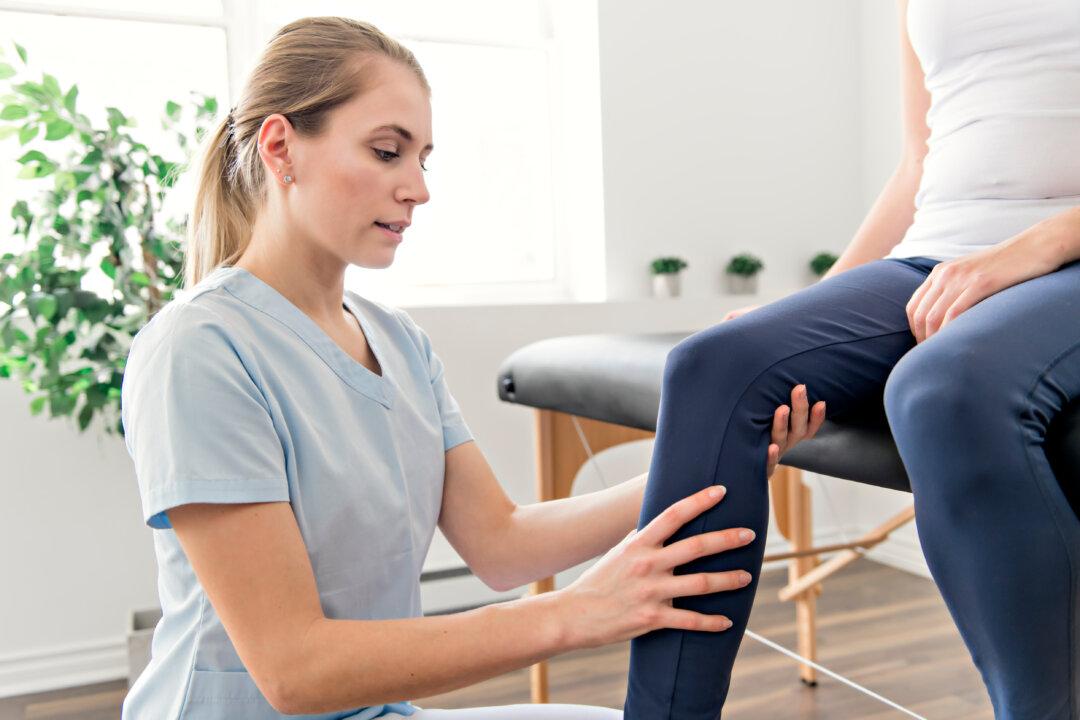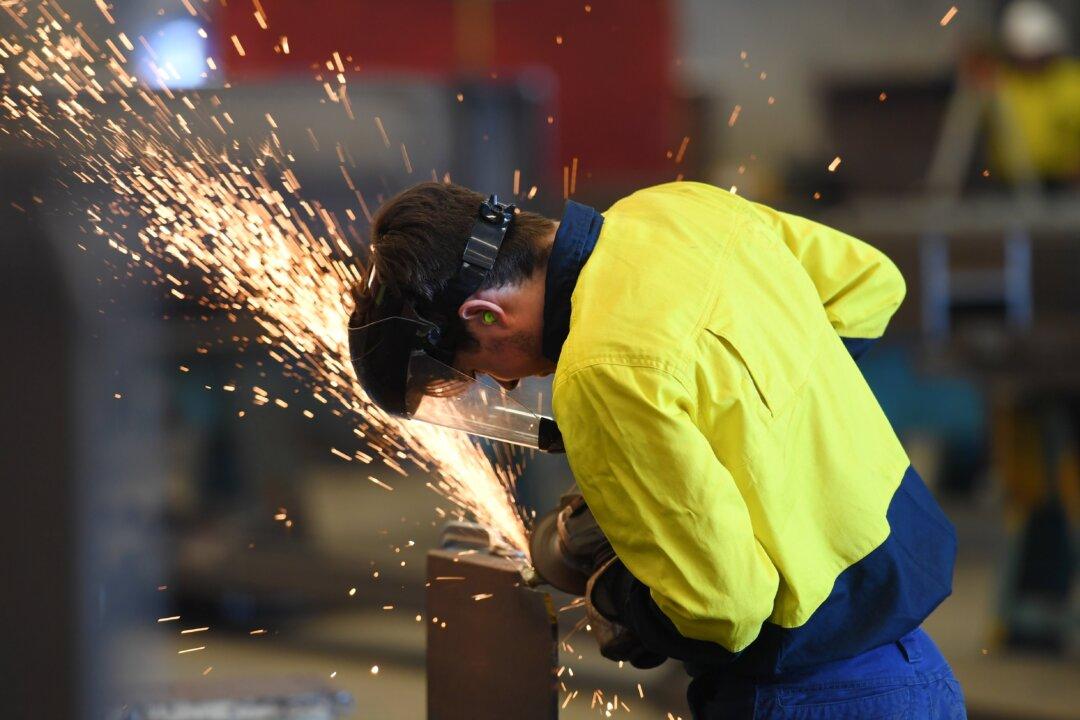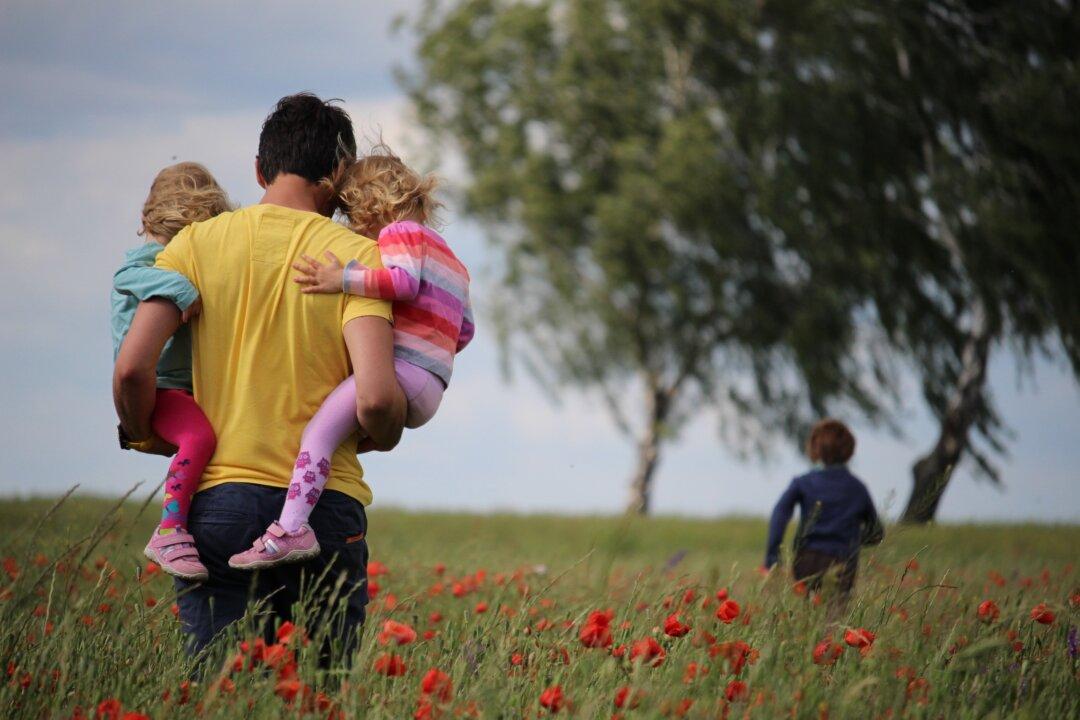Australia’s peak physiotherapy body has advised parents against having their infant’s spine manipulated “for any reason,” saying that the potential risks are high.
This comes after the country’s peak chiropractic body updated its guidelines to permit chiropractors to resume manipulating the spines of children under the age of two. An interim ban had been in place for four years.
